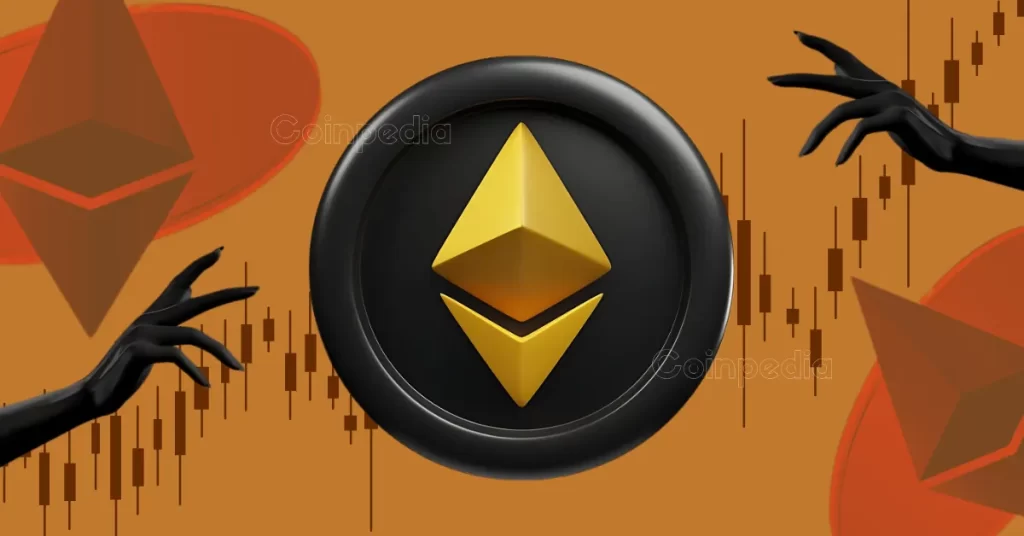
The post Ethereum’s Pectra Upgrade Is Live: Why It Matters and What’s Next for ETH Price appeared first on Coinpedia Fintech News
Ethereum (ETH), the world’s second-largest cryptocurrency by market cap, is trading around $1,800, with a total market cap of $220 billion. While recent price performance has been relatively muted, the recent network upgrades and growing institutional interest hint at a bullish long-term outlook.
For the unversed, Ethereum just rolled out one of its biggest updates since The Merge in 2022. The new upgrade, called Pectra, went live today — May 7. Originally planned for 2024, some of Pectra’s features faced setbacks due to code challenges. After testing the upgrade on two testnets, some bugs forced developers to run a third round of tests, which caused more delays.
Why is Pectra a Big Deal?
Pectra is Ethereum’s latest major upgrade that combines two updates — Prague and Electra — and introduces 11 key changes aimed at making the network faster, cheaper, and easier to use. These changes include doubling blob capacity for better Layer 2 support, increasing the maximum validator stake from 32 to 2048 ETH, and speeding up validator activation.
It also brings account abstraction, allowing wallets to act like smart contracts temporarily, enabling bundled transactions and gas payments in any token. Together, the 11 EIPs improve scalability, staking, user experience, and developer tools — making Ethereum more efficient and pushing it closer to mass adoption.
Ethereum Price Preparing For Something Big?
According to analyst Michael Van De Poppe, Ethereum (ETH) is consolidating and might be getting ready for a big move upward.
Right now, ETH is stuck in a familiar price range between $1,760 and $1,843, where it’s been since late April. It recently touched the top of that range but couldn’t break through. Van De Poppe says the market is just waiting for the right news to start a breakout.
Ethereum’s biggest upgrade was The Merge in 2022, which changed the network from proof-of-work to proof-of-stake. Before that upgrade, ETH went from around $1,000 to $1,600, but it dropped again afterward. In 2024, the Dencun upgrade helped improve scalability and Layer 2 features, but it didn’t boost the price much. Now, with the Pectra upgrade live, it remains to be seen if the price will jump right away.








